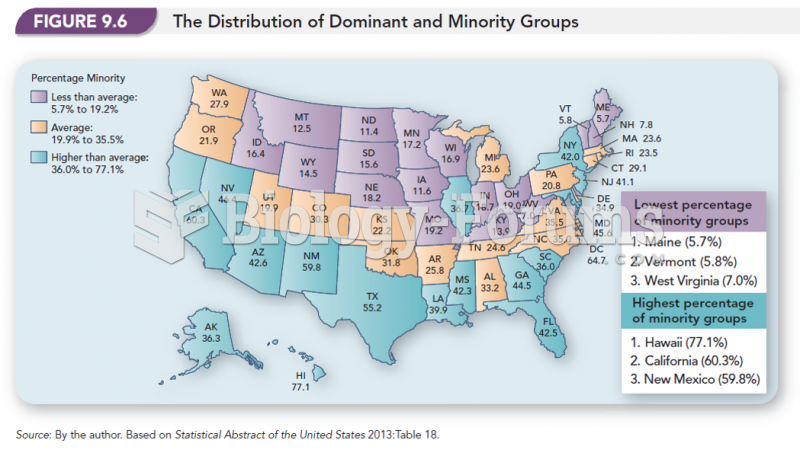|
|
|
Studies show that systolic blood pressure can be significantly lowered by taking statins. In fact, the higher the patient's baseline blood pressure, the greater the effect of statins on his or her blood pressure.
Though newer “smart” infusion pumps are increasingly becoming more sophisticated, they cannot prevent all programming and administration errors. Health care professionals that use smart infusion pumps must still practice the rights of medication administration and have other professionals double-check all high-risk infusions.
The first documented use of surgical anesthesia in the United States was in Connecticut in 1844.
This year, an estimated 1.4 million Americans will have a new or recurrent heart attack.
The longest a person has survived after a heart transplant is 24 years.







